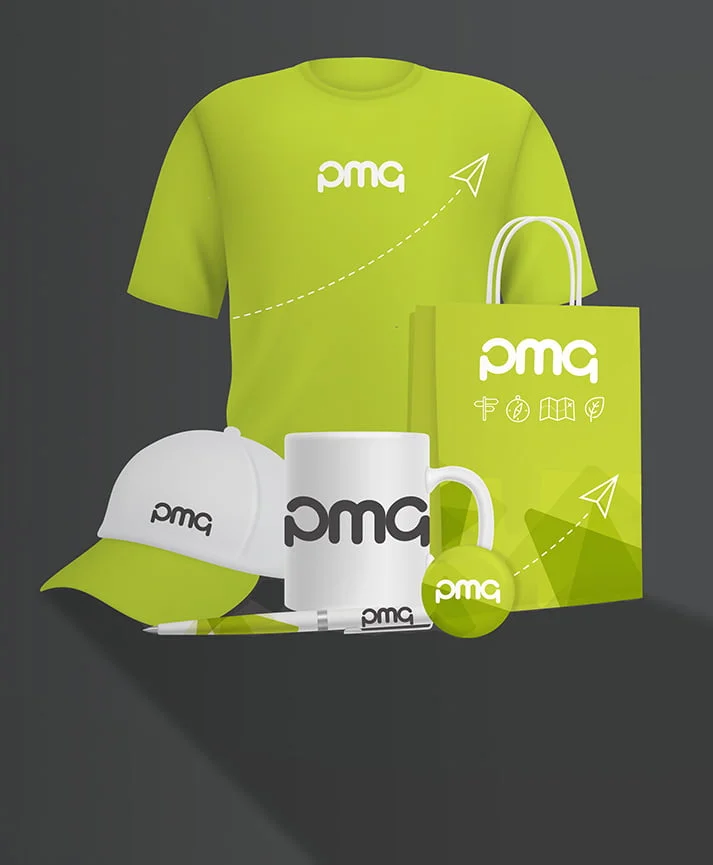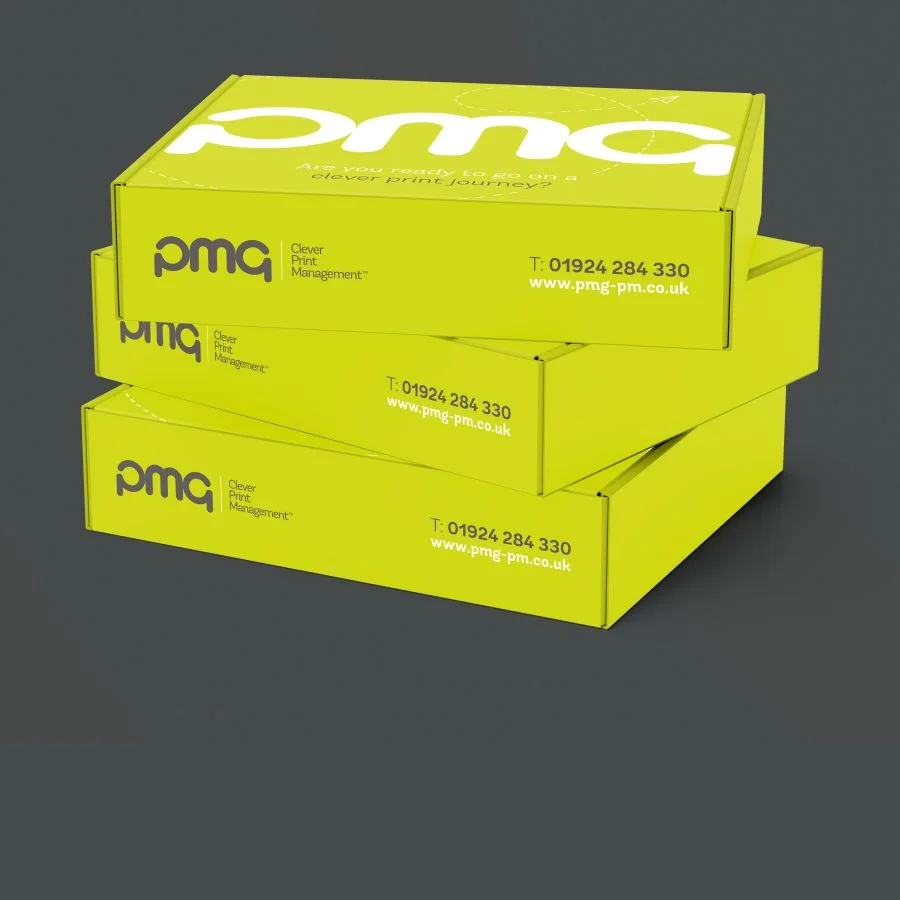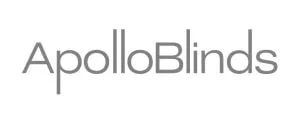
Copyright laws in the UK go as far back as the 1710 Statute of Anne, but do you really know your way around them? Avoiding copyright infringement in print advertising is essential if you want to avoid facing huge fines. Here’s what you need to know about copyright laws regarding your print projects…
A quick history
In 1710, the Statute of Anne laid down the first copyright laws in the UK. Previously copyright management had been in the hands of the Stationer’s Company, a printer’s guild. The Licensing of Press Act 1662 gave the guild the right to produce, and censor, literary works. The censorship became a big problem, so when it came time to renew the Act, Parliament refused and the Statute of Anne was created. This turned copyright management over to the Government for the first time, rather than a private company.
The next update to copyright law didn’t occur until 1911, and laid out the basis for modern laws still in use today. The final major amendment affecting print publication was the Copyright, Designs and Patents Act 1988.
What is copyright?
Simply put, copyright is the right to ownership of a created work. This could be text, a photograph, painting, film, sculpture or recording. The 1911 Act defined the automatic right of ownership as being the moment an idea left the originator’s mind and became a physical entity, such as a sketch or even notes for a book.
What does copyright protect?
Copyright protects authors and artists from plagiarism, so that their work is recognised as their original idea and they receive corresponding financial benefits for their effort. Copyright laws protect all manner of created works, from films to paintings, photographs to theatrical works, novels to instruction manuals, etc. Therefore, if you want to reproduce anything that isn’t your original work in your print publication, you need to ask permission to do so.
How do I obtain permission?
Copyright permissions are relatively simple to obtain from the original creator, or their licensed publisher. Third-party websites such as Getty Images will sell images on a license agreed with the photographer. Alternatively, contacting the photographer directly will usually result in the grant of permission – some third-party contracts will mean the licenser (in this case, Getty Images) holds permission rights, in which case the photographer will redirect you accordingly.
Are there any exceptions to copyright law?
There are some exceptions to copyright law, but most of these refer to broadcast media. Those pertaining to print publications mean that you can reproduce something if it is a report on a current news piece, or intended for criticism or review. For everything else, you will need to obtain permission. The exceptions list is long and open to interpretation, so if you’re not sure, check out the website of the UK Intellectual Property Office.
What happens if I use copyrighted materials without permission?
If you knowingly infringe copyright in any of your print projects, you could face criminal charges. If you have used a design rather than a direct reproduction of an image or substantial amount of text, this counts as a civil law case (not criminal). Either way, you will face huge charges and risk damaging the reputation of your business. It’s just not worth it, so always make sure you have copyright permissions for any reproduced materials and that you clearly acknowledge copyright accreditations where applicable for your print projects.
How can I avoid copyright infringement?
There are a few simple steps you can take to ensure your print projects do not infringe copyright. Firstly, always double-check the source of any image you intend to use, and follow up with permissions where necessary (or find alternative images). Secondly, make sure that any in-house designs you create are not intentionally similar to other company logos or artworks. If something looks a bit familiar, check on it. Wherever possible, use original content for your publication. This works in your favour two-fold: not only do you not have to ask copyright permissions, you could benefit if someone asks to reproduce your work.
For more advice and tips on managing your print processes, take a look around the PMG website.
















































